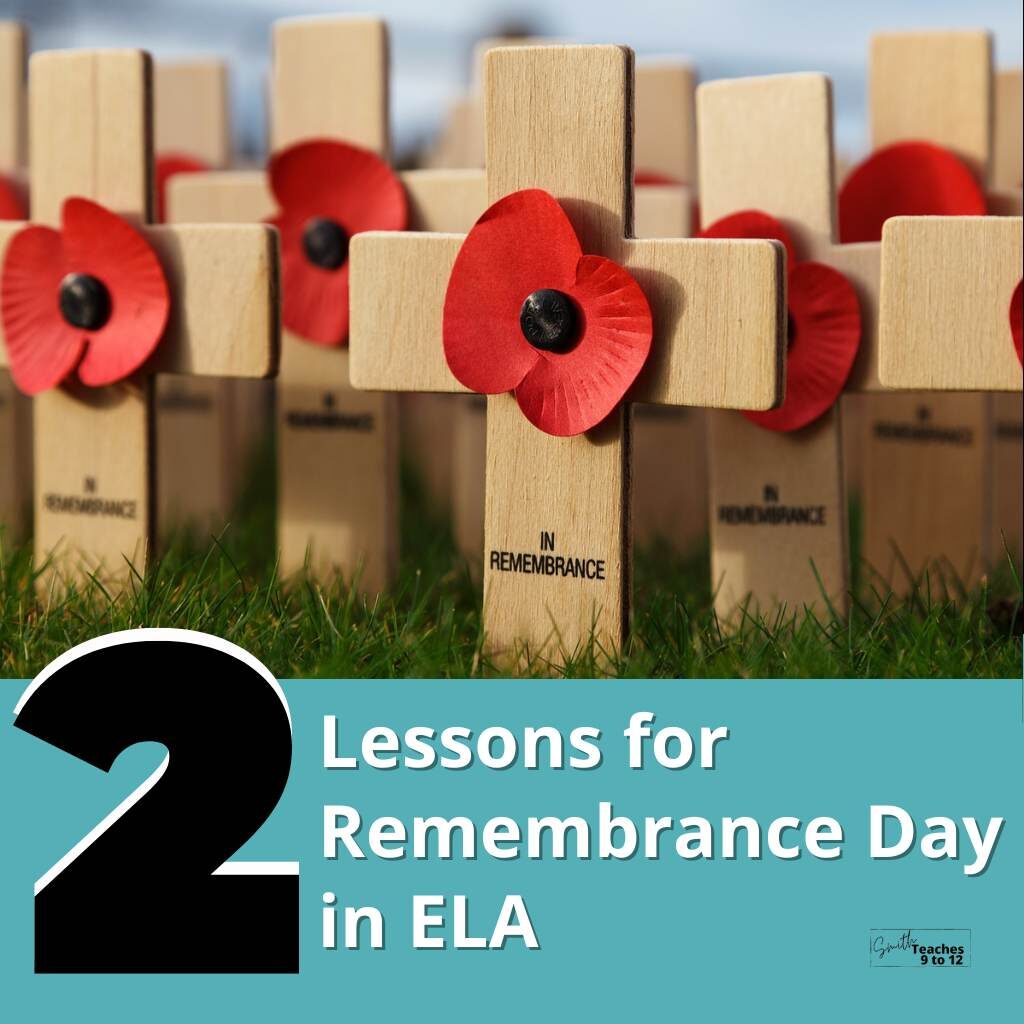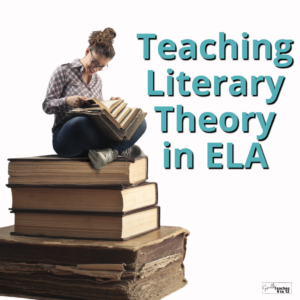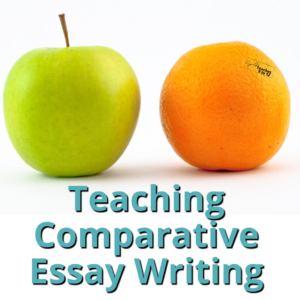Sharing is caring!
From when I was in high school until a few years ago as a teacher I helped to organize school Remembrance Day ceremonies. I’ve since stepped back from the whole-school planning but still incorporate lessons into my ELA classroom with a goal to include a variety of experiences. Notably those of Black and Indigenous soldiers whose stories often go untold in a classroom.
Here are two lesson ideas you cab incorporate into your classroom this Remembrance Day.
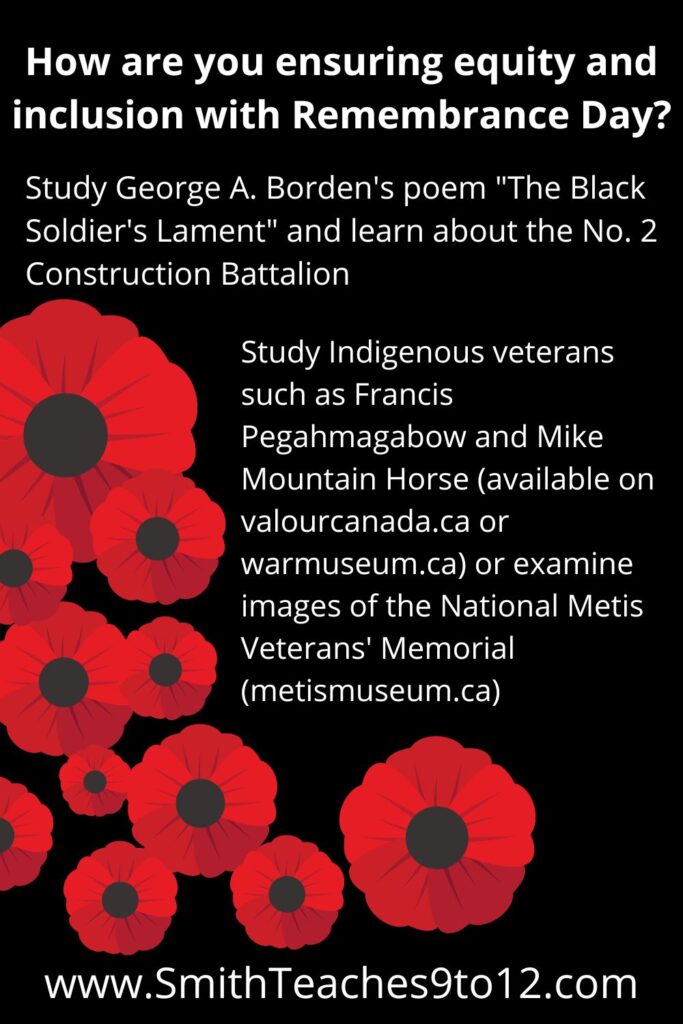
“The Black Soldier’s Lament” by Captain George Borden
Capt. George Borden was in the air force and championed the efforts of Black soldiers across Canadian History and particularly from the No. 2 Construction Battalion. Borden, in view of his experience and knowledge of history, wrote the poem “The Black Soldier’s Lament” – linked here (I added footnotes for historical context).
I like to use poetry as often as I can and this poem would open up discussions not just of the poem’s content but of wider experiences of war.
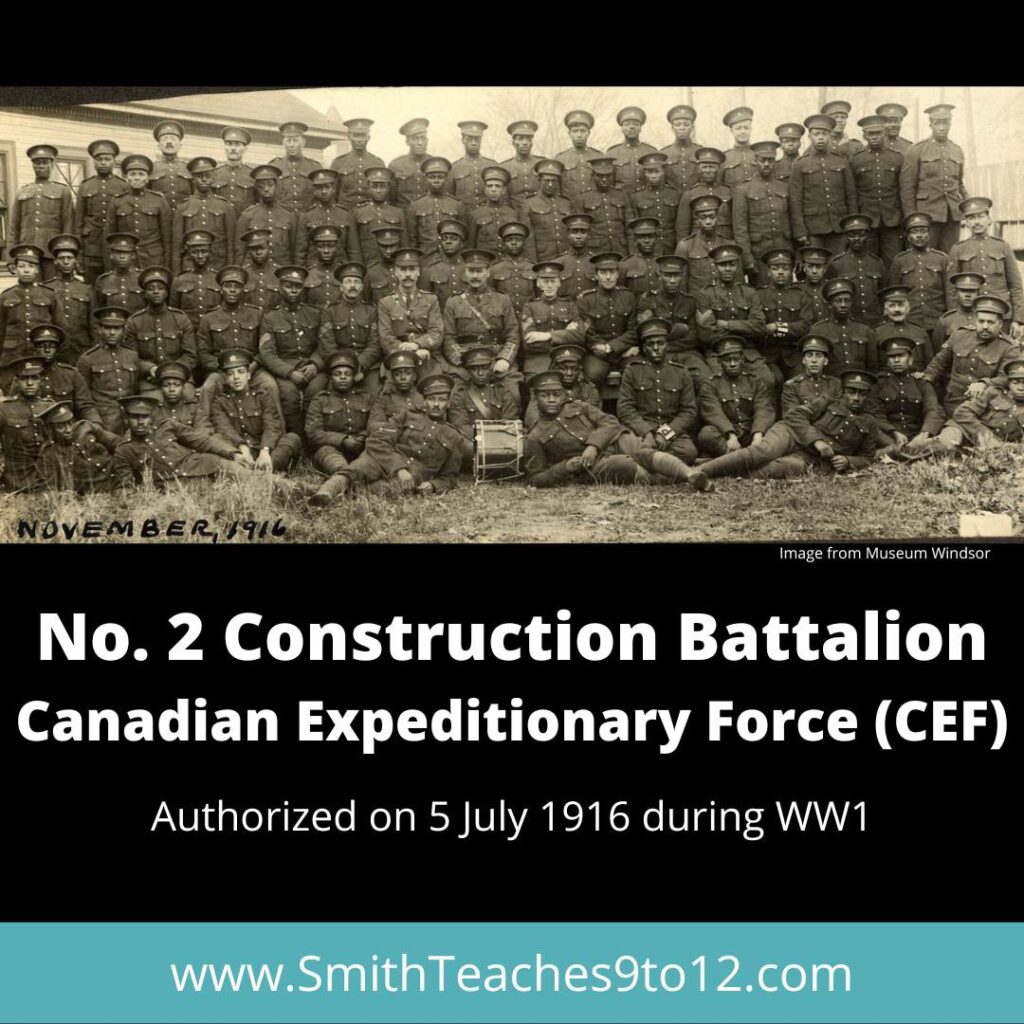
LESSON PLAN
- Introduce students to the No. 2 Construction Battalion through images and a brief history.
- Review keywords associated with poetry that will be useful for studying Borden’s poem: stanza, imagery, denotation and connotation, as well as rhyme & rhythm.
- Define lament.
- Share copies of Borden’s poem. Read together. Place students in small groups to look at the language of Borden’s poem. Some options:
- Review the rhyme scheme. What is it? What’s the effect on the poem?
- What are some of the main images in the poem? What language is used to create these images? (Focus on denotation and connotation)
- What is the message of the poem? What’s the experience being shared? How does that fit with the title of the poem?
- Regroup to further discuss the final question considering the title of the poem.
You can read more about Capt. Borden here.
Francis “Peggy” Pegahmagabow episode of This Place
This Place: 150 Years Retold is a podcast based on a book of the same name that features stories of Indigenous Peoples throughout the last 150 years of Canadian history. (Canada marked 150 years as a nation in 2017.) The Peggy episode is about 25 minutes long and focuses on the story of Francis “Peggy” Pegahmagabow, an Ojibwa, who returns home after WWI as one of the most decorated soldiers. However, his return home is anything but celebratory since Peggy continues to face ongoing discrimination despite his lauded contributions to the war effort.
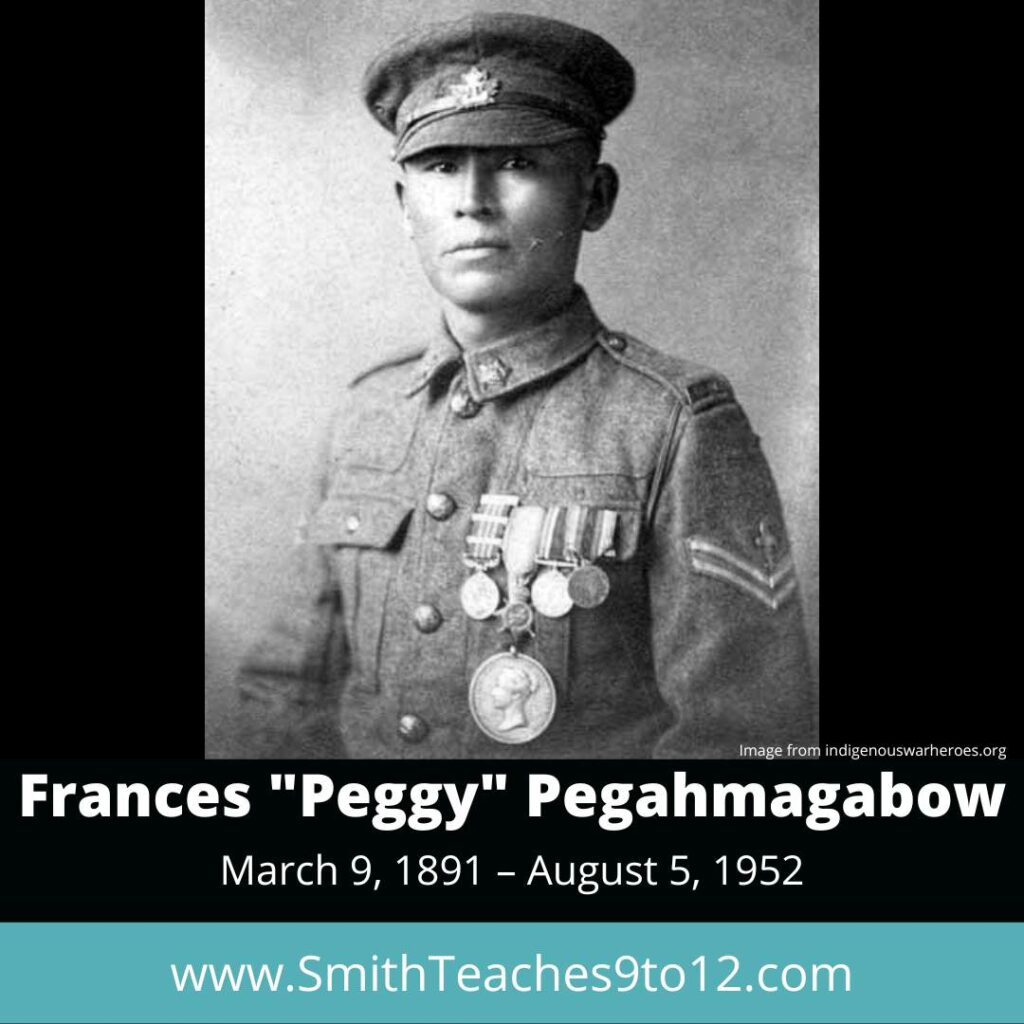
LESSON PLAN
- Mind’s On – Ask students what they know about soldiers who returned home after WWI or WW2?
- Introduce Francis Pegahmagabow. I like to use his service record from the Government of Canada’s Archives, which is available here.
- Play the episode. While listening students can do sketchnotes or jot notes related to the following questions:
- Who is Peggy?
- What was Peggy’s experience of war?
- What were Peggy’s experiences when he returned home?
- Regroup for further discussion. Can begin with the questions from listening and then open it up students’ wider thoughts.
If you have access to a copy of the book I’d encourage you to share the story. If you need more context to explain the images and action, check out this article from the University of Winnipeg.
Learn more about Indigenous War Heroes here.

For more lesson ideas to ensure equity and inclusion in your Remembrance Day planning check out the resources from the KoJo Institute.
To feature more first-person narratives in your ELA classroom, check out this post featuring two memoirs.

